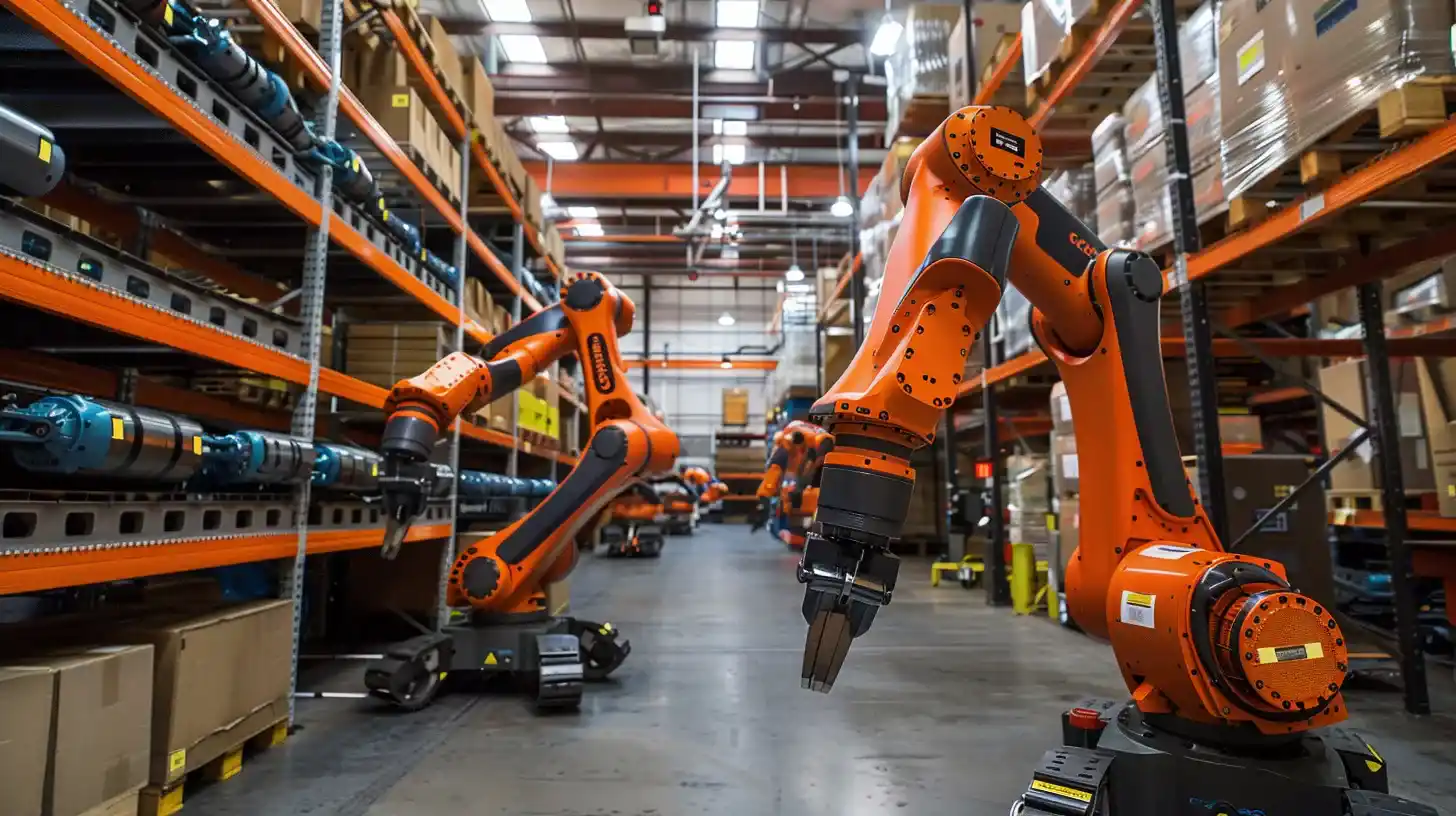Table of Contents
In an era where artificial intelligence (AI) transforms every facet of the digital domain, a pioneering shift towards the physical world is unfolding. Covariant, a start-up established by three former OpenAI researchers, stands at the forefront of this transition. Leveraging the intricate development methodologies that brought to life sophisticated chatbots and image generators, Covariant is spearheading the advancement of robotics technology designed to navigate and interact within our tangible reality.
The Emergence of Intelligent Robotics
At the heart of Emeryville, California, Covariant is engineering a future where robots are not just mechanical laborers but intelligent entities capable of understanding and responding to their surroundings. These robots, equipped with a deep comprehension of the English language, promise a new level of interaction, akin to conversing with AI-driven chat services like ChatGPT.
Yet, this venture into robotics technology is not without its challenges. The path to creating robots that can adeptly pick up, sort, and move items in warehouses and distribution centers is complex. Despite the hurdles, Covariant’s vision is clear: to imbue robots with the awareness and decision-making abilities needed to adapt to dynamic environments.
AI-Powered Warehouses: The Next Frontier
Covariant, buoyed by a substantial $222 million in funding, is not in the business of manufacturing robots. Instead, it focuses on developing sophisticated software that empowers these machines. By adopting AI systems known as neural networks, similar to those fueling chatbots and image generators, Covariant is making significant strides in warehouse automation. This focus on warehouse automation enables robots to recognize patterns, understand commands, and even predict outcomes with increasing accuracy.

The potential applications of Covariant’s robotics technology extend beyond the confines of warehouses. The principles guiding the development of warehouse robots offer a blueprint for transforming manufacturing plants and perhaps even the realm of driverless cars.
Redefining Robot Capabilities with Covariant’s RFM
Covariant’s technology, dubbed Robotics Foundational Model (RFM), epitomizes the blend of digital data analysis and real-world application. By integrating visual, sensory, and textual data, RFM equips robots with a nuanced understanding of their environment. This holistic approach allows robots to tackle tasks they’ve never encountered before, from identifying and handling a banana to comprehending and executing complex commands in plain English.
Despite the groundbreaking advancements, the technology is not infallible. Similar to the occasional missteps of chatbots, RFM-powered robots might drop objects or misinterpret instructions. However, the adaptive learning process, fueled by an ever-growing corpus of data, suggests a trajectory of rapid improvement and increasing reliability.
Challenges and Opportunities Ahead
The implications of deploying such advanced robotics technology in sensitive environments, like manufacturing plants, raise valid concerns. Gary Marcus, a prominent figure in AI and neural science, underscores the critical nature of error costs in these scenarios. The stakes are higher when robots capable of causing significant harm are involved, making the leap from warehouses to more hazardous settings a calculated risk.

Nevertheless, the evolution from robots performing repetitive tasks to those capable of adapting to unforeseen situations marks a significant leap forward. The synergy of digital data and language processing paves the way for a new generation of robots, ones that are not only more versatile but also more in tune with human interaction.
Looking Ahead: The Future of Robotics Technology
As Covariant and similar ventures push the boundaries of what’s possible with robotics technology, the implications for various industries are profound. The shift towards intelligent, adaptable robots promises to redefine efficiency and productivity in warehouses, manufacturing, and beyond. With continued innovation and refinement, the day when robots seamlessly integrate into our daily lives, understanding and responding to our needs with precision, is not far off.
In conclusion, Covariant’s journey from an AI research background to revolutionizing robotics technology illustrates a broader trend: the convergence of digital intelligence and physical capability. As these technologies continue to evolve, they promise to transform not just how we manage logistics and production but also how we envision the future of work and interaction in an increasingly automated world.